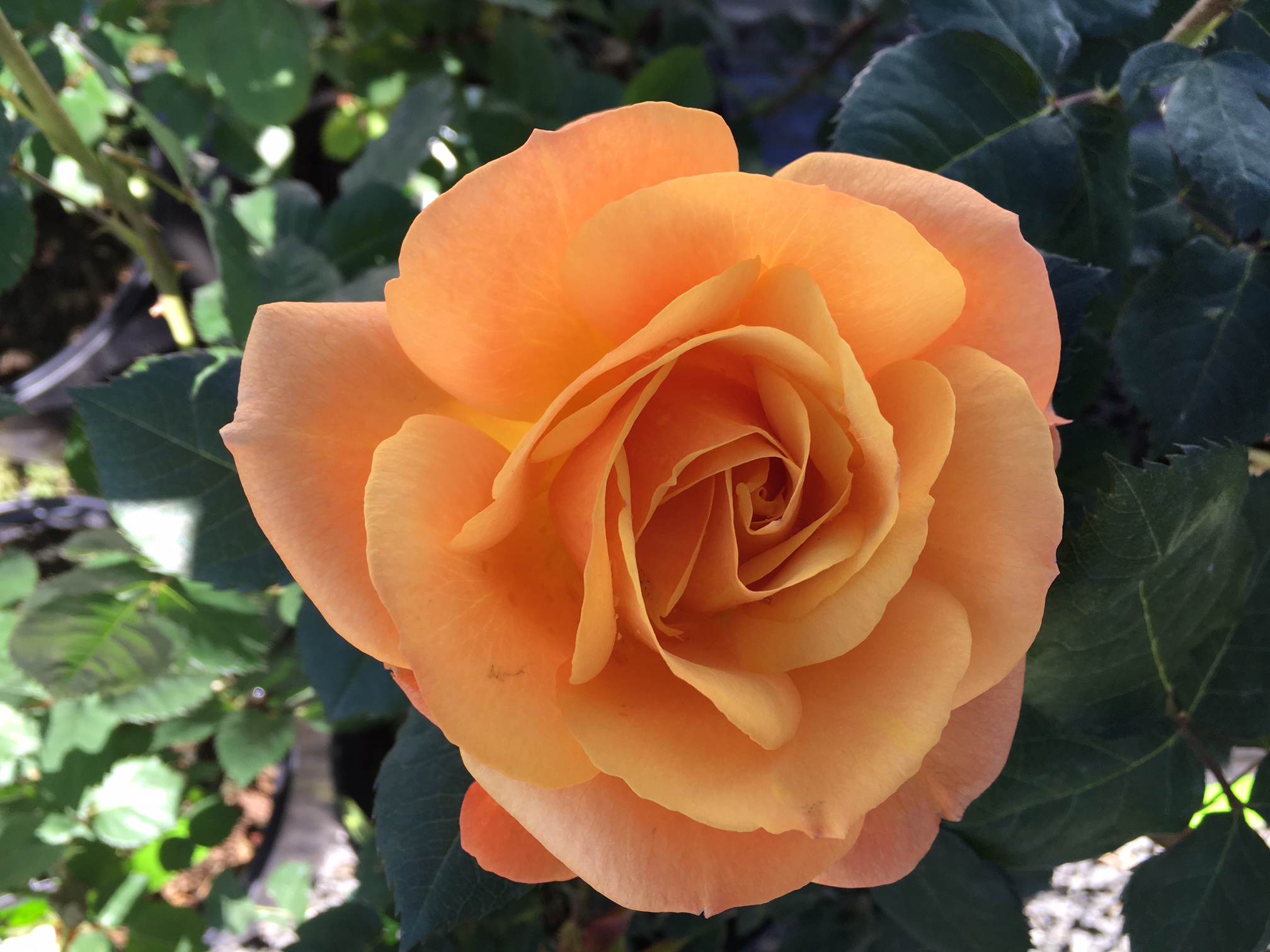‘What’s in a name? That which we call a rose by any other name would smell as sweet.’
~ William Shakespeare
As the temperatures begin to dip towards the freezing mark and below, it’s an excellent time to prepare the rose bed for a long winter’s nap! Here are five basic steps from the Denver Rose Society’s publication, “Growing Roses in Colorado,” which will help get the task accomplished:
1. Pick up and discard all the leaves that have fallen from the rose bushes. This is especially important if mildew and/or black spot was present on the roses. You can repeat this step in another month or so, when the roses are truly dormant and more leaves have fallen. This simple sanitation practice will decrease the likelihood of having the problem recur next year.
2. Discontinue deadheading roses at this point. Some roses develop colorful hips after the last bloom, and you’ll miss them if you take off all the spent blooms. In Colorado, it’s best to wait for Spring to do heavy pruning of roses. If you have some rose canes that are taller than 3 feet, top them off to prevent them from rocking in the wind or breaking off in heavy snow. Save any additional pruning for springtime.
3. Water your roses well before the ground freezes. Watch the weather: if the temperature is likely to drop below 25 degrees, water the roses! Roots will suffer more from cold temperatures in dry soil than in damp soil.
4. Keep watching the temperatures. When it drops to about 22 degrees in your yard for a few nights, it’s time to cover the crown area of each bush with a few shovelfuls of soil. Add mulch for additional protection. If you live in a windy area, you might use a rose collar to hold the mulch in place (rose collars can be purchased at Creek Side Gardens).
5. Check the roses for moisture content every couple of weeks during the late fall and winter. If the temperature will be 45 degrees or warmer for six hours, watering can be done. Dig down with a hand trowel for 4-6 inches to test the soil moisture. If there is not sufficient snow cover on top of the soil/mulch to keep the crown area protected – winter watering is a must. This is especially true in January-February-March in Colorado. Other landscape plants will appreciate some added water, too.

